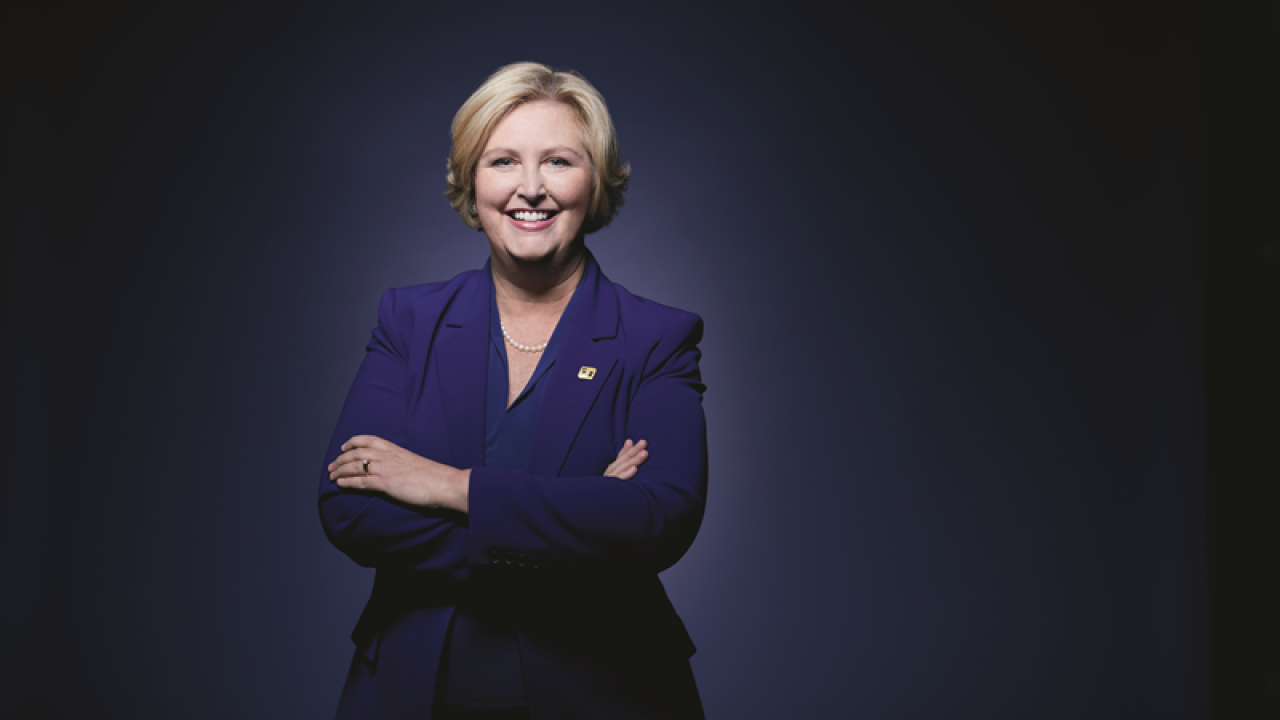-
There's nothing like a natural disaster to make people realize how important insurance is to the banking industry.
August 20 -
A temporary waiver allowing victims of Hurricane Sandy to finance foundation repairs and elevate their homes with 203(k) mortgages should be made permanent to help lessen the burden of flood insurance requirements, say real estate and flood hazard groups.
August 15 -
A temporary waiver allowing victims of Hurricane Sandy to finance foundation repairs and elevate their homes with 203(k) mortgages should be made permanent to help lessen the burden of flood insurance requirements, say real estate and flood hazard groups.
August 15
Disasters like Hurricane Katrina bring devastation, but they can also provide an opportunity for people to demonstrate resiliency.
When the massive storm hit the Gulf Coast nearly a decade ago, it brought with it unimaginable destruction, killing and displacing thousands and crippling the economies of communities such as New Orleans. While more work is needed, the Gulf region has shown an ability to rebuild, and in many instances, grow stronger.
The same can be said for the local banking industry.
"
As the winds died down, the tragedy fostered an unprecedented level of cooperation among the regions historic banking competitors.
Institutions that had been scratching and clawing for business before the storm "completely suspended normal competition," in its wake, said Peter Gwaltney, who was president and chief executive of the Louisiana Bankers Association at the time.
"They were sharing furniture, people, office space whatever anyone needed," said Gwaltney, who now leads the North Carolina Bankers Association. "I remember bankers joking a number of times that they would get back to kicking each other in the shins as soon as" the crisis was over.
The hurricane also allowed banks to develop closer ties to their communities as they ran triage in the hardest-hit markets. Many banks that sustained harsh blows from the storm found ways to be up and running with limited capacity within days.
"We wanted to restore banking services as soon as humanly possible," Hairston said. "Once people knew their families were safe and had assessed the damage, we knew there had to be access to banking services to maintain order and confidence. We had to overachieve to send a signal."
As he surveyed the wreckage of Hancocks headquarters a 15-story "fortress" that suffered a total loss Hairston said he realized that Hancock needed to step up.
"The roof was peeled back like a sardine can and saltwater had run through all the electronics," he said. "I remember thinking were about to see the finest hour of our community, our region and our bank."
Fourteen-hour workdays were the norm for Gwaltney and a multitude of bankers. People were waiting in lines 75-deep at Hancock branches, where bankers doled out emergency loans secured by paper IOUs. Other banks had similar experiences, and in many instances people in the region still remember those efforts.
"We gave them cash whether they banked with us or not," Hairston said. "We had hundreds of IOUs in boxes. This was a life-or-death situation."
"We would never talk about things returning to normal," Gwaltney said. "What is normal after an experience like that? But I was able to witness resilience at such a profound level that it gave me an appreciation of what a bank can do under extreme duress."
Guy Williams, chief executive of Gulf Coast Bank and Trust in New Orleans, wasn't thinking about banking in the immediate aftermath of the storm. He spent several days piloting his flatbed boat around St. Bernard Parish picking up people who had been stranded. When he got back to the office, though, Williams said the decision to rebuild in St. Bernard and elsewhere was a no-brainer.
"We didn't have anywhere else to go," Williams said. "We had to succeed. It made all the difference. It gave us a chance to make a connection with our customers and our community that we couldn't have made any other way."
Making the quick response by Hancock, Gulf Coast and other banks more remarkable was the fact that oftentimes major decisions were being made by mid-level managers, since communications throughout the region were spotty. Hairston said he spent much of Aug. 30 scrambling to take care of flooded-out employees who had made their way to his banks headquarters, while also trying to clean up some of the mess with a home-made broom.
Eventually, more than $41 billion in insurance funds poured into six states hit by Katrina, with most of the funds going to Mississippi and Louisiana, based on data from the Insurance Information Institute. An inflow of funds also helped banks in the area as they sought to get back to normal.
Bold decision-making, industry-wide cooperation and insurance monies helped spark the Gulf Coasts recovery. While the storm led a number of banks to selling, it
A number of banks in the region posted healthy increases in net income in 2006. Net income at $19.2 billion-asset Iberiabank in Lafayette, La. jumped 56% from the prior year, to $39.6 million. The $624 million-asset Liberty Bank in New Orleans earned $3.5 million after suffering a $1.5 million loss in 2005. Hancock may have fared the best of all, nearly doubling its year-over-year profit to $102 million in 2006.
"Its counterintuitive, but our banks emerged from Katrina much stronger and more profitable," Gwaltney said.
Hairston is set to ring the bell at the Nasdaq tomorrow, highlighting how far Hancock and the industry has progressed since Katrina. It is unlikely Hairston will ever forget the devastation Katrina unleashed. His memories are still vivid after a decade.
"We saw the absolute best in humanity at that moment in time," he said.





